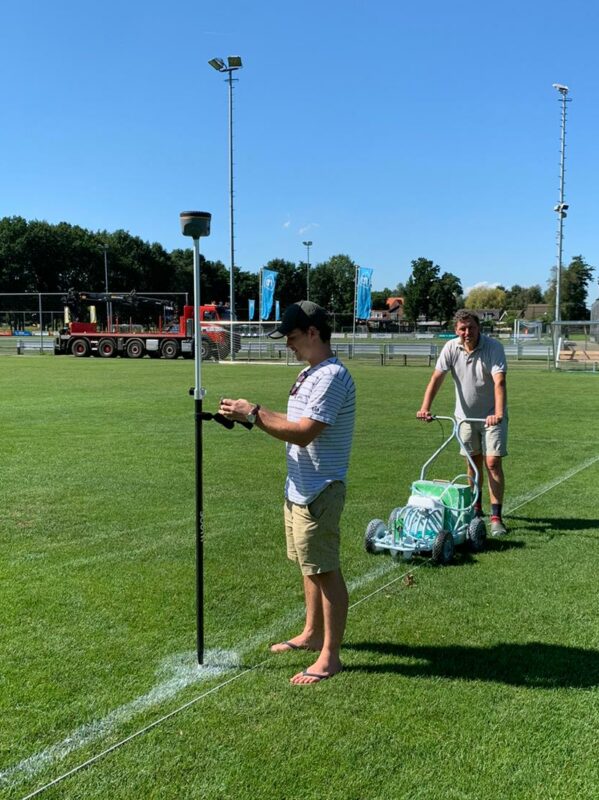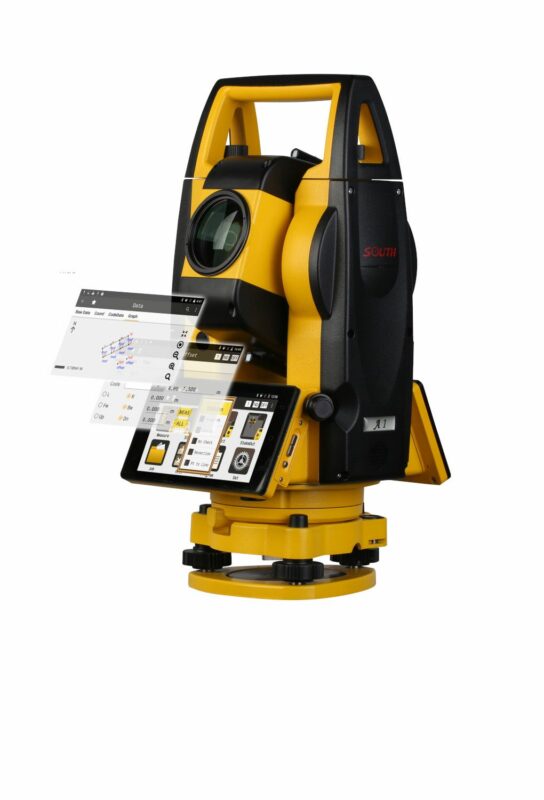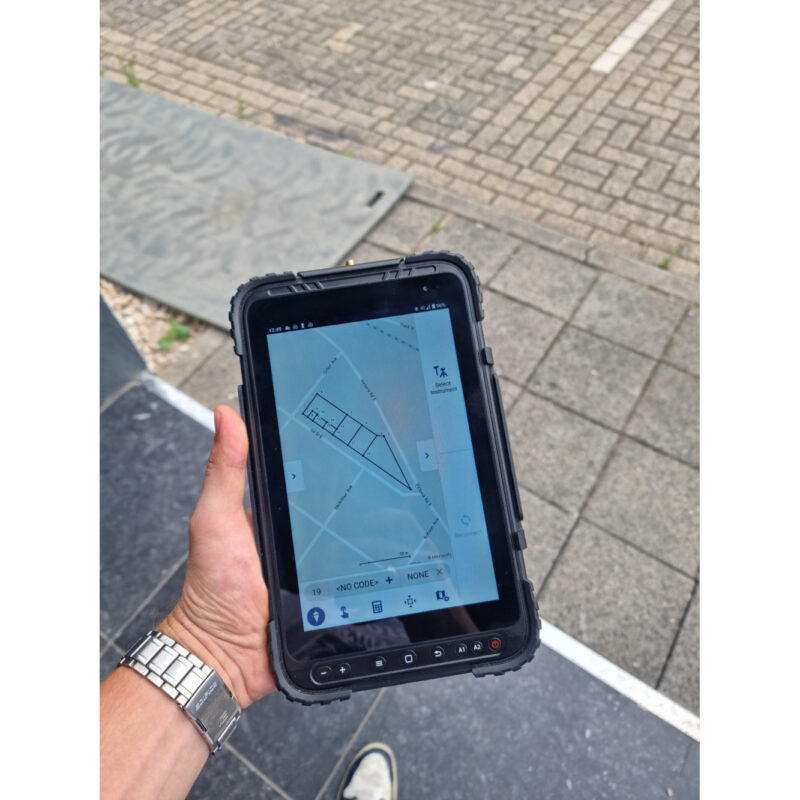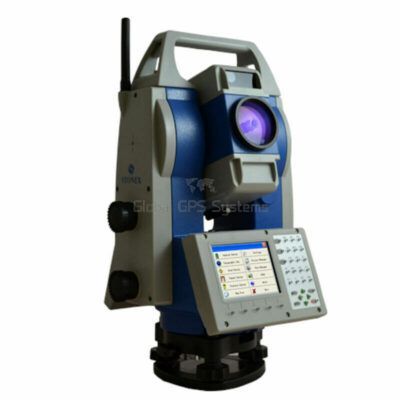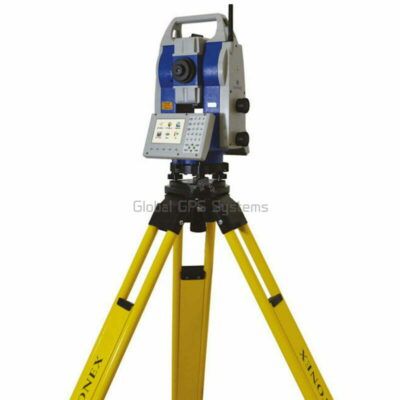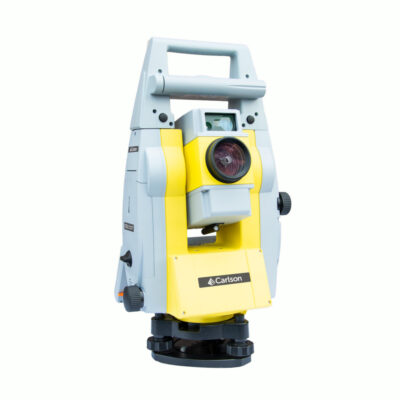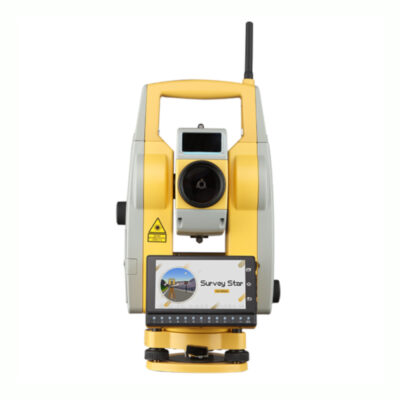Construction, Total Station
What is a Robotic Total Station?
In the ever-evolving field of surveying and construction, technological advancements continue to reshape the way professionals gather data, ensure accuracy, and streamline operations. One such revolutionary tool making waves is the Robotic Total Station. Combining the precision of traditional total stations with cutting-edge automation, these devices have transformed surveying processes, enhancing efficiency and accuracy in ways previously thought impossible.
What is a Robotic Total Station?
By leveraging precision motors and intelligent tracking systems, a Robotic Total Station can precisely follow surveyors’ instructions, rotating and angling itself with pinpoint accuracy. This level of automation significantly reduces human error and fatigue during prolonged surveying sessions. Furthermore, the instrument’s ability to communicate with surveying software enables real-time data collection and on-the-fly adjustments, streamlining the decision-making process. These capabilities make the Robotic Total Station an indispensable tool for complex projects such as large-scale construction and infrastructure development. Overall, this integration of robotic technology redefines modern surveying practices and sets new standards for reliability and productivity.

The Advantages of Robotic Total Stations
Unmatched Precision and Accuracy
At the heart of any surveying endeavor lies the pursuit of precise measurements. Robotic Total Stations excel in this aspect, offering unparalleled accuracy through their electronic theodolites and EDM systems. These instruments can measure angles and distances with remarkable precision, minimizing errors that might accumulate over the course of a project.
Enhanced Efficiency and Time Savings
Traditional surveying methods often necessitate multiple personnel to operate instruments and record measurements. Robotic Total Stations change this dynamic by enabling a single surveyor to handle the device. The remote control functionality allows the operator to control the instrument’s movement, target alignment, and data collection from a distance. This streamlined process significantly reduces the time required to complete surveying tasks, leading to faster project turnaround times.
Increased Safety on the Field
Safety is paramount in any construction or surveying project. Robotic Total Stations contribute to enhanced on-site safety by minimizing the need for surveyors to physically traverse hazardous terrains or busy construction sites. With remote control capabilities, operators can conduct measurements from safer vantage points, reducing the risk of accidents.
Seamless Data Integration
In the digital age, data integration and compatibility are critical. Robotic Total Stations often come equipped with software that enables seamless integration of collected data into various design and analysis software. This not only enhances project coordination but also facilitates real-time decision-making based on accurate, up-to-date information.
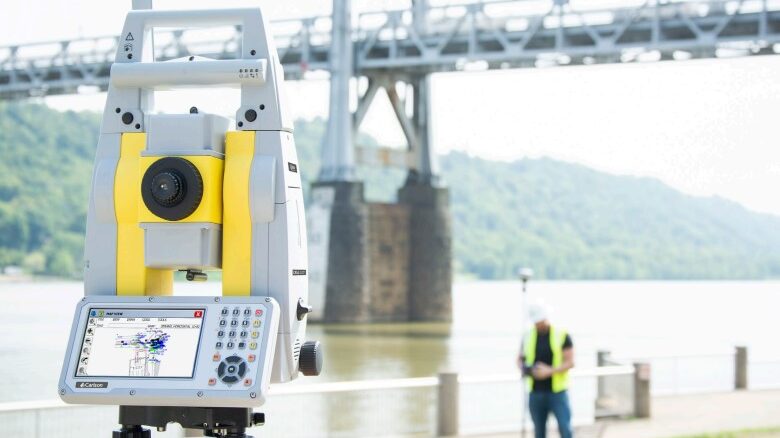
Applications of Robotic Total Stations
Construction Site Layout
One of the primary applications of Robotic Total Stations is construction site layout. These instruments can precisely determine the locations of key points, facilitating the accurate placement of foundation corners, walls, utilities, and other critical elements. The remote control functionality simplifies this process, reducing the time and effort required for layout tasks.
Land Surveying and Mapping
In land surveying and mapping, Robotic Total Stations shine as tools that can efficiently collect data over large areas. Their automated capabilities allow surveyors to cover more ground in less time, enabling faster completion of land surveys and the creation of accurate topographic maps.
Monitoring Structural Deformation
Robotic Total Stations are invaluable for monitoring structural deformation in buildings, bridges, and other infrastructure. By establishing precise reference points and regularly measuring deviations, these instruments help detect any shifts or movement that could indicate potential structural issues, allowing for timely intervention.
Some popular robotic total stations
Choosing the Right Robotic Total Station
When selecting a Robotic Total Station for a project, several factors warrant consideration:
-
Accuracy and Range: Different models offer varying levels of accuracy and measurement range. Assess the project’s requirements to choose an instrument that aligns with the necessary precision and scope.
-
Ease of Use: The user interface and software play a crucial role in the device’s usability. Opt for a model with an intuitive interface that suits the skill level of your team.
-
Battery Life: Longer battery life ensures uninterrupted fieldwork, especially during extended surveying sessions.
-
Data Compatibility: Ensure that the instrument’s data formats are compatible with your preferred analysis and design software.
-
Durability: Given the outdoor and potentially rugged environments where these instruments are used, durability is essential. Choose a model built to withstand various conditions.
Conclusion
In a domain where precision and efficiency are paramount, Robotic Total Stations emerge as game-changers. Their ability to merge cutting-edge technology with traditional surveying methodologies enhances accuracy, saves time, and contributes to safer work environments. From construction site layouts to land surveying and structural monitoring, these instruments have established their significance across diverse applications. As the construction and surveying industries continue to evolve, the role of Robotic Total Stations is poised to become even more central, revolutionizing the way professionals gather and utilize spatial data. When selecting a Robotic Total Station, careful consideration of factors like accuracy, ease of use, and compatibility ensures that you harness the full potential of this groundbreaking technology. Embrace the future of surveying with Robotic Total Stations and unlock a new era of precision and efficiency.

